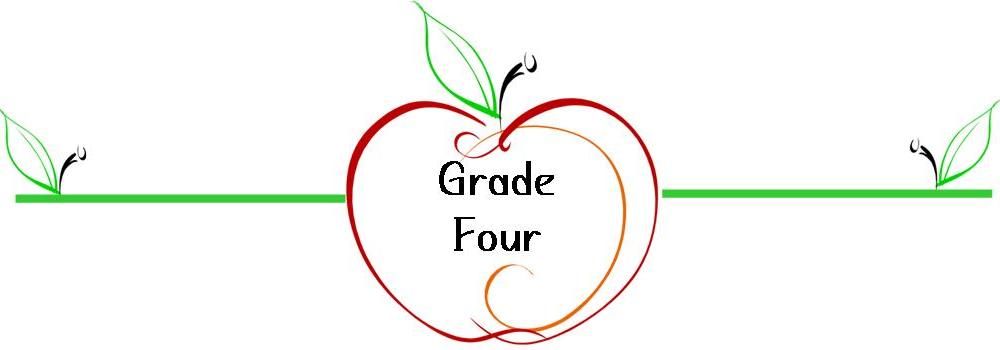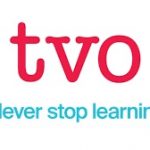
In the grade 4 overview, the Social Studies Curriculum covers how students understand the past including social organization, daily life and relationships to the environment from the time 3000 BCE and 1500 CE. With the refreshed curriculum it explicitly states including a First Nation and Inuit society from this timeframe. Many of the revisions to specific expectations include stating “ including at least one First Nation and one Inuit society.”
There are also many revisions to sample questions such as the following from expectations A1.1 and A1.2:
A1.1
- “What were some differences and similarities between the Clan systems of early Haida and Cree societies?”
- “What were some of the similarities and differences in systems of leadership between an early First Nation society and an ancient Islamic society?”
- “What were some ways in which early Potawatomi, Chippewa, or Inuit societies demonstrated a communal, cooperative approach towards responsibilities in daily life? How does this organization compare to the ways in which society in medieval Japan or India divided up such responsibilities?”
A1.2
- “How did the daily lives of men and women differ in an early Inuit society?”
- “What were some different groups that contributed to the social organization of early Algonquin society? What were the main responsibilities of these groups? What impact did their roles and responsibilities have on their daily lives? How did these groups work together for the benefit of everyone in that society?”
The sample questions specify questions to specific Indigenous societies that include the Cree, Anishinaabe, Haudenosaunee and Inuit early societies to name a few.
With the Inquiry section of the curriculum, expectation 2.2 states that students gather and organize information from primary and secondary sources but the examples of sources were broadened to include, “traditional stories, creation stories, legends, and/or oral history shared by Elders, community members, and/or Knowledge Keepers; virtual field trips to museums and to First Nations cultural centres to view artefacts and images.”
Other sample questions include ones on Inuit society such as: “What were some of the modes of transportation for early Inuit people? Why were animals important to these modes of transportation? What role did stars play in navigation?”
Overall, the grade 4 refreshed Social Studies Curriculum explicitly includes First Nation and Inuit societies and the sample questions help guide teachers to incorporate Indigenous societies into their classroom teaching with specific sample guiding/inquiry questions.
Raman Sarai is a teacher in Toronto District School Board.


